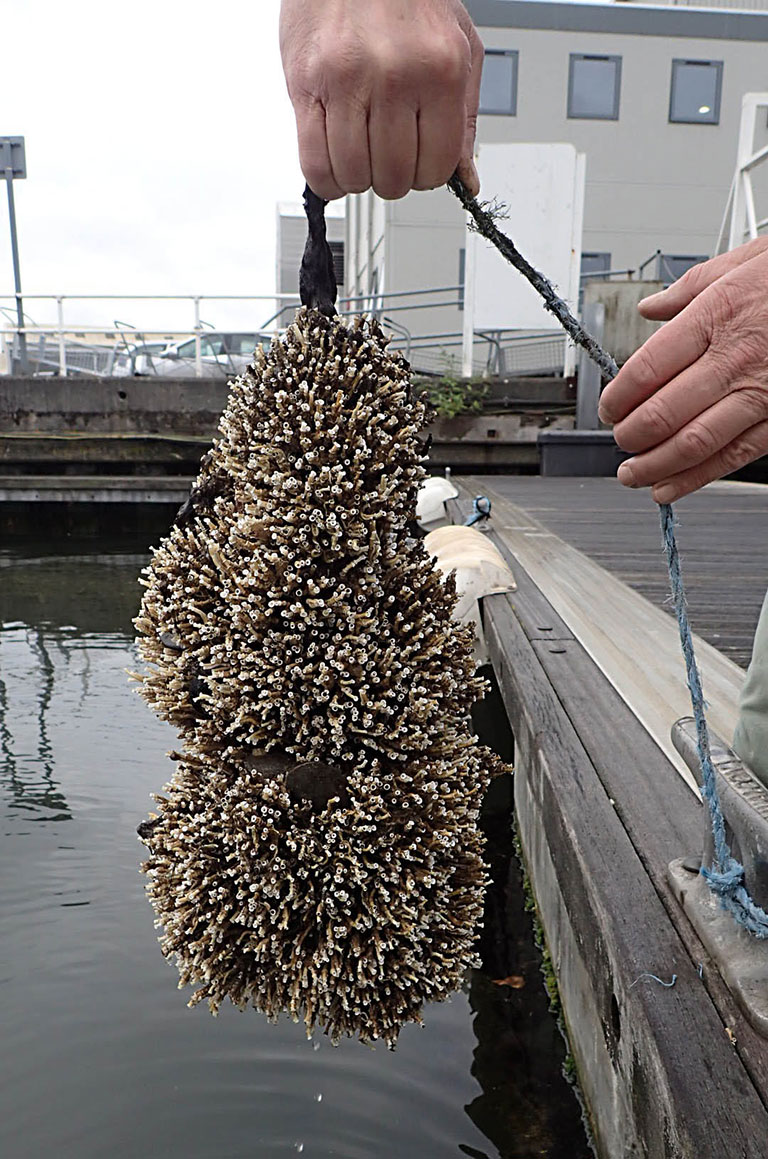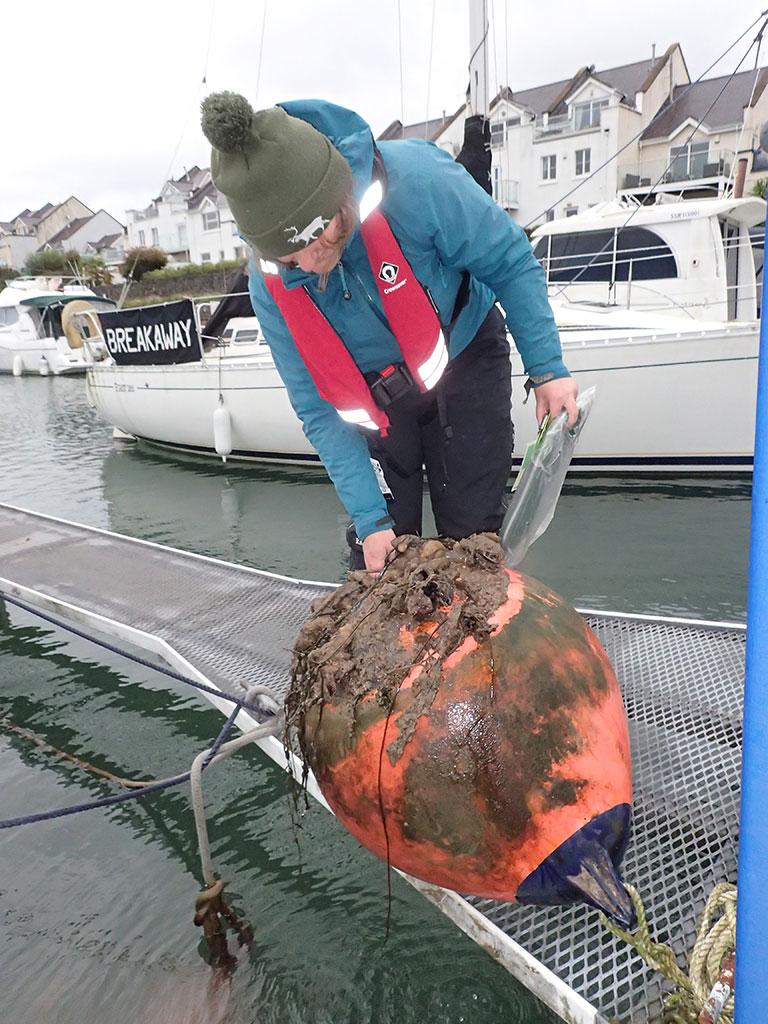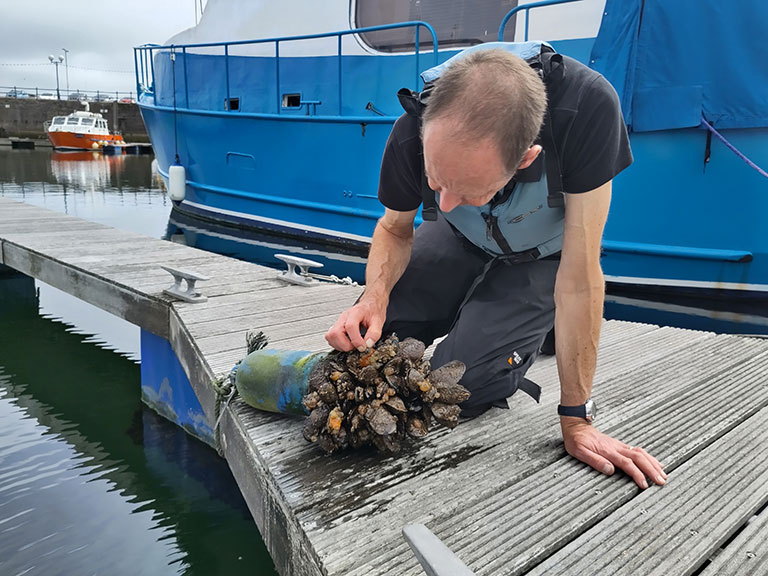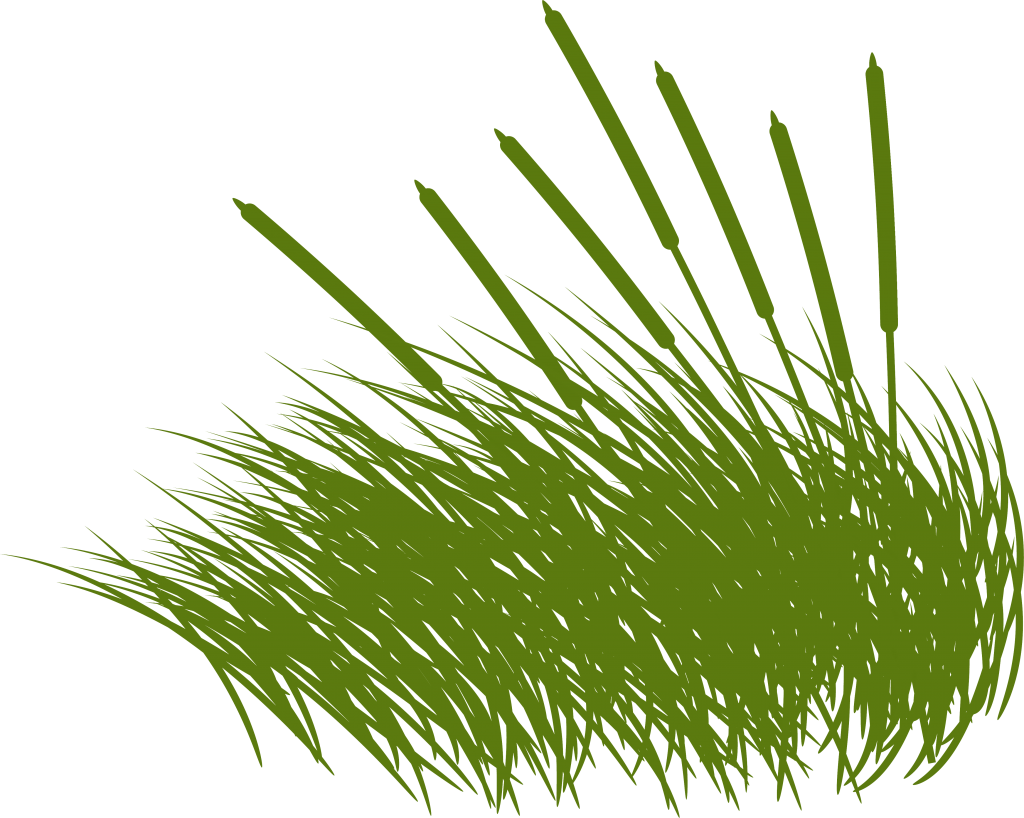Language: English | Cymraeg
Severn Estuary Marinas Pathway Action Plan
This page is tailored to those who manage marinas, or similar coastal facilities. As recreational activities are a key pathway for the spread of INNS in the Severn Estuary, it is important that coastal facility managers are aware of the threat of INNS and biosecurity measures. These activities are very popular in the Severn Estuary in a range of locations but are more likely to occur in hotspots like marinas and clubs.
Activities like the construction and maintenance of marinas or other coastal facilities can also spread INNS and should consider biosecurity. Actions can be found in the ‘Commercial Operations’ page.
Recreational activities in marinas can transfer INNS in a number of different ways:
- In vessels or watercraft
- On the hull of vessels (this is called ‘fouling’ and will be visible)
- On equipment (for example on anchors, buoyancy aids, paddles, stand up paddleboards)
- On clothing (for example wet suits, dry suits, boots, helmets)
The INNS risks associated with management of coastal facilities are linked to the movement of animals (in egg, larval, juvenile, or adult stages) or seaweed (as fragments or spores) by vessels and equipment between locations. The main vectors in this pathway include:
- Hull fouling on boats and structures (including niche areas like grates).
- Dredge hopper water and sediment.
- Organisms caught in vessel mechanisms, such as propellers, anchors, and chains.
In general, biosecurity measures for marinas will focus on controlling the risk of marine INNS arriving and spreading and raising awareness of INNS. An example of controlling the risk of INNS would be removing infrastructure from the water when not in use, and air drying all equipment after use. This is key to controlling the establishment and spread of INNS, which can survive in damp conditions for a few weeks, and they will settle on artificial structures.
Relevant stakeholders for this action plan are marina operators and managers.

(Photo credit Christine Wood)

(Photo credit Paul Brazier NRW)

(Photo credit Chloe Powell-Jennings)
Severn Estuary Marinas Pathway Action Plan
| Action number | Action | Links |
|---|---|---|
| 4.1 | Endorse this plan and promote the uptake of actions contained within this plan across your sector. | |
| 4.2 | Consider AQUA accreditation or use templates provided to draft a biosecurity plan for your organisation using the resources on this site. | AQUA How to Write a Biosecurity Plan (NNSS) |
| 4.3 | Nominate a biosecurity lead in your organisation/group. Encourage them to educate staff and customers about marine invasive non-native species using the resources available on these biosecurity pages. | |
| 4.4 | Ask the biosecurity lead to report species on iRecord. If you do not recognise the species, send a photo to your local records centre. | IRecord Local Records Centres (ALERC) |
| 4.5 | If marine invasive non-native species are found, seek guidance from Natural England and Natural Resources Wales about the best way to eradicate from infrastructure, if appropriate. | RAPID INNS Management Toolkit (NNSS) NRW Enquiries: enquiries@naturalresourceswales.gov.uk – English ymholiadau@cyfoethnaturiolcymru.gov.uk – Welsh NRW Invasive Non-native: invasive.non.native@naturalresourceswales.gov.uk – English rhywogaethau.estron.goresgynnol@cyfoethnaturiolcymru.gov.uk – Welsh Natural England: marineinvasivespecies@naturalengland.org.uk |
| 4.6 | When undertaking vessel survey or maintenance, look out for marine invasive non-native species, photograph and record on iRecord. | IRecord |
| 4.7 | Keep an eye out for heavily fouled vessels (i.e more than a slime layer). Focus on vessels that may have been at anchor or berthed for over two months in a different location. Where possible, advise vessels are cleaned immediately following best practice for hull cleaning. | |
| 4.8 | Educate staff, customers and contractors by including information on marine invasive non-native species and biosecurity in your existing print and online media such as marina guides and websites. | |
| 4.9 | Include information on INNS, biosecurity best-practice, inspections and reporting in mandatory induction training for staff. | Training (NNSS) |
| 4.10 | Support Nationally agreed actions to disseminate awareness raising materials, aiming to have posters in all club houses and training centres and frequent messages in magazines, mail outs, social media and other communications materials. | Pathway Action Plans (NNSS) |
| 4.11 | Add a ‘clean boat’ clause to your berthing agreements. Do not allow heavily fouled boats (i.e. more than a slime layer) to be put in the water. If already in the water and heavily fouled, encourage boat owners to lift and clean their boats. | Recreational Boating PAP (NNSS) |
| 4.12 | Ask your biosecurity lead to raise awareness with vessel owners that are in long term berth (over 2 months) about the risks of hull colonisation by marine invasive non-native species and the need to hull clean in a bio-secure way following best practice guidance. | |
| 4.13 | Include biosecurity requirements in conditions for external contractors. If appropriate ask them to follow guidance in this biosecurity hub. | |
| 4.14 | Ask relevant contractors and suppliers about what biosecurity measures they have in place regarding their operations as part of the commissioning process for new contracts. If appropriate ask them to consider adoption of the actions within the Commercial operations section of this plan. | Check out Commercial Operations |
| 4.15 | Where construction or maintenance work is undertaken, ensure reference to the actions within the Commercial Operations section of this plan. | Marine Biosecurity for Construction and Events (NNSS) |
| 4.16 | Where appropriate, consider installing a contained pressure wash system for hull vessel cleaning, where water is collected and processed before being released back into the sea. | |
| 4.17 | Follow the Green Blue ‘Protect, Collect and Dispose’ initiative focused on environmental best practice when antifouling yachts and boats. | Guidance on Anti-fouling (BCF) |
| 4.18 | Consider using settlement panels to monitor marine invasive non-native species colonisation of waterside infrastructure. Contact SEP if interested. | INNS Settlement Panels Report (Solway Firth Partnership) |
| 4.19 | Provide members with clear guidance on their legal responsibilities for activities in the marine environment. This could be included in membership information for registration / renewal or as part of regular member communications. | Check out Policy and Legislation |
Links and resources:

 Severn Estuary Partnership
Severn Estuary Partnership